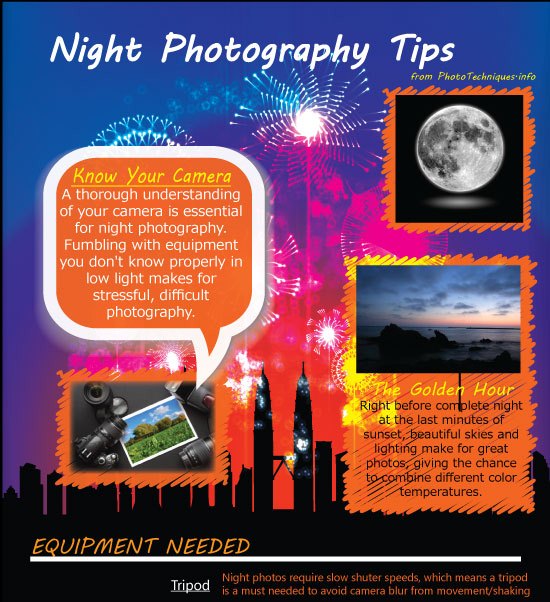What Every Professional Photographer Must Learn About Lights
What Every Professional Photographer Must Learn About Lights
Blog Article
Article Created By-Boone Brady
As a photographer, you know that illumination can make or damage your images. Recognizing the subtleties of both all-natural and fabricated light is important for capturing the state of mind and clarity you go for in your job. Whether you're chasing the excellent golden hour glow or adjust your fabricated arrangements, grasping these aspects can raise your photography considerably. But there are common challenges that many neglect, and recognizing them can change your strategy to every shoot. Allow's explore what you could be missing out on and how it can influence your results.
Understanding All-natural Light
Comprehending natural light is vital for any kind of photographer looking to boost their job. It's the structure of great digital photography, influencing state of mind, tone, and quality. When you shoot outdoors, take note of the time of day. The gold hour-- quickly after sunup and prior to sunset-- supplies soft, cozy light that can transform regular scenes into magnificent pictures.
Don't undervalue the power of cloudy days. Cloud cover diffuses sunlight, creating a soft, even light that's ideal for pictures and macro photography. You'll find colors appear this type of illumination without harsh darkness.
Placing issues, too. Always consider your subject's positioning to the source of light. If the sun's behind your subject, you may end up with a silhouette, which can be dramatic however mightn't be what you desire. Alternatively, straight sunshine can develop uncomplimentary darkness.
Explore angles; often, transforming your viewpoint can yield remarkable results. Usage natural reflectors, like water or sand, to bounce light onto your topic, including dimension.
Mastering Artificial Light
Mastering synthetic light is vital for digital photographers that intend to take their skills to the following degree. Whether you're making use of speedlights, studio strobes, or constant lights, comprehending exactly how to manipulate these sources can drastically boost your pictures.
Beginning by acquainting on your own with the fundamentals of light top quality, direction, and color temperature level. Experiment with different modifiers like softboxes, umbrellas, or grids to control the softness or violence of the light.
You'll find that soft light usually creates complementary outcomes, while harsher light can add dramatization and depth. Do not shy away from shadows; they can improve the three-dimensionality of your subjects.
Pay very close attention to the placement of your lights. A light located as well near your topic can develop uncomplimentary results, while also away can bring about a lack of information. Make use of a light meter or your camera's pie chart to ensure you're revealing appropriately.
Lastly, remember that Outdoor portrait near me can be combined with ambient light for innovative effects. Stabilizing these resources could take practice, but once you master it, your photography will absolutely radiate.
Methods for Various Situations
When you step into different shooting circumstances, adjusting your illumination techniques is essential for recording the very best photos. For Outside portrait , use the golden hour-- morning or late afternoon light-- to soften darkness and improve complexion.
If it's a harsh midday sun, take into consideration utilizing a reflector to bounce light back onto your subject or look for shaded areas for an extra also exposure.
In low-light scenarios, like indoor occasions, enhance your ISO and make use of a wide aperture to allow in even more light. A tripod can assist remove camera shake, allowing for longer exposures without blurring.
If you're contending evening, try out off-camera flash to create vibrant illumination and deepness in your images.
For product photography, make use of diffused lights to avoid extreme representations. Softboxes or light outdoors tents can assist attain this result.
When photographing landscapes, consider the direction of light and time of day, as it can significantly transform the mood of your shot.
Constantly be ready to adjust your settings and positioning based on the situation, as adaptability is key to grasping lighting in photography.
Verdict
Finally, mastering illumination is essential to boosting your photography skills. Welcome all-natural light's beauty during golden hour, and don't shy away from explore man-made light techniques. By adapting your method to different circumstances, you'll record spectacular photos that reverberate with emotion and clearness. Bear in mind, the appropriate lighting can change an ordinary shot into something phenomenal, so keep practicing and fine-tuning your understanding of both all-natural and man-made light. Pleased capturing!
